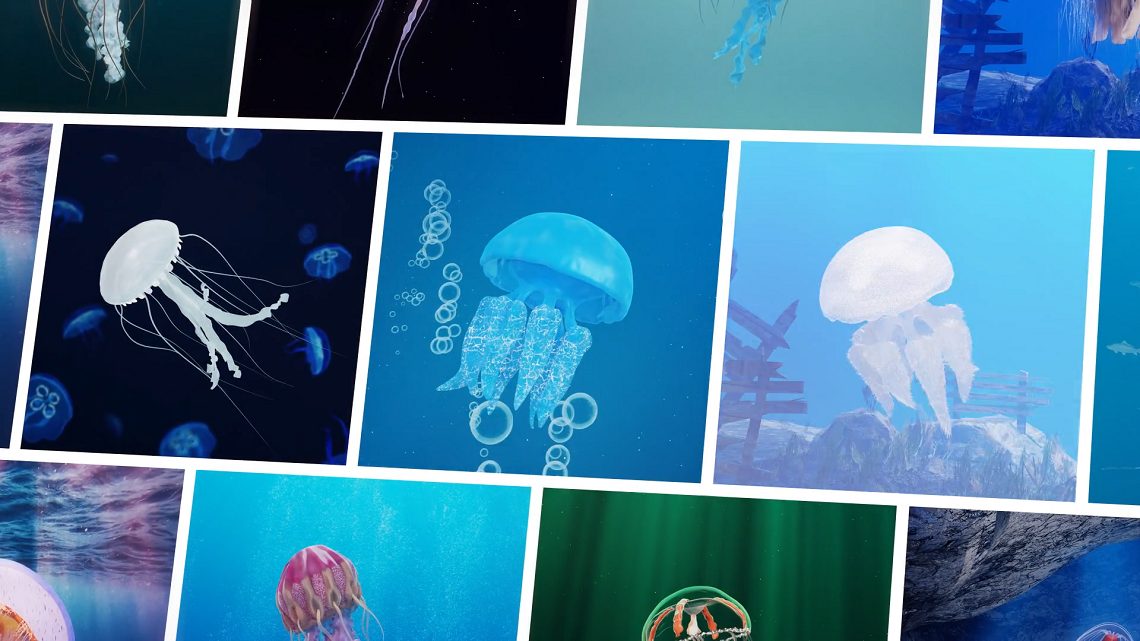In the last post, I talked about the aquarium de Paris and their jellyfish NFT collection. In this post the focus will be more on the interaction between the creator and the consumer, and I will share my thoughts on how I think emerging technologies can help cultural experiences reach more people and increase engagement.
As mentioned in the last post, people can buy the jellyfish NFT’s. By owning these NFTs they can be more educated on jellyfish as the NFTs are scientific replicas of the real jellyfish project (Aquarium de Paris – Metaseum, n.d.). Additionally, the NFTs also have perks to them such as unlimited and free access to the aquarium and in-store discounts. Additionally they are invited to VIP events and earn access and invitation to events such as the arrival of the polyps of the purchased species or to the establishments night club (Desk, 2022). All of these initiatives makes it possible to create a web3 community for people interested in the marine world, web3, and art enthusiasts. This way, the aquarium is able to interact more with their visitors and create a strong community. They even take this to a next level by opening their doors in the near future in the metaverse (Desk, 2022). In here, there will be even more possibilities to let people interact with the aquarium and make the cultural experience more widely accessible (Gursoy et al., 2022).. In this metaverse aquarium there are no limits and visitors can swim in an aquarium, run through the corridors, or even interact with artwork (Desk, 2022).
Personally, I think that the metaverse, NFTs and other emerging technologies are a great way to stimulate people to experience culture. A new community is created which is more widely accessible for people. Additionally, I think that people will be more motivated to learn about culture when there is more interaction present, as it has been proven that interaction is a great way of learning (Dahan et al., 2022). This can be done through the extra perks of NFTs, the limitless online world, but also through the learn to earn principle, where visitors will learn to earn crypto currency, which is reusable in the metaverse. However, I am unsure about whether this virtual experience can completely take over the real world experience of experiencing culture. Also, I don’t think the use of emerging technologies should be the goal, instead they should be the means to the goal of offering a wide range of people a cultural experience.
Sources
Aquarium de Paris—Metaseum. (n.d.). Retrieved September 14, 2023, from https://www.metaseum.space/aquarium-de-paris
Dahan, N. A., Al-Razgan, M., Al-Laith, A., Alsoufi, M. A., Al-Asaly, M. S., & Alfakih, T. (2022). Metaverse Framework: A Case Study on E-Learning Environment (ELEM). Electronics, 11(10), 1616. https://doi.org/10.3390/electronics11101616
Desk, A. P. (2022, December 9). The Aquarium de Paris and Metaseum launch the world’s first scientifically accurate NFT collection. AlexaBlockchain. https://alexablockchain.com/the-aquarium-de-paris-metaseum-launch-worlds-first-scientifically-accurate-nft-collection/
Gursoy, D., Malodia, S., & Dhir, A. (2022). The metaverse in the hospitality and tourism industry: An overview of current trends and future research directions. Journal of Hospitality Marketing & Management, 31(5), 527–534. https://doi.org/10.1080/19368623.2022.2072504


